Eyelid Surgery
Blepharoplasty, also known as eyelid surgery, is the surgical rejuvenation of the eyelids. It involves the removal of excess skin, fats and muscles on the upper and lower eyelids. The surgery is usually performed on people who are experiencing sagging skin in the upper eyelids that prevent the complete opening of the eyes and to regain their youthful look.
Droopy eyelids (eyelid ptosis) is a condition that occurs due to weakening of the eyelid muscle. The eyelid can cover just a small part or even the whole eye and obstruct vision.
Eyelid lift
How do I know I am a candidate for upper eyelid surgery?
Patient who will benefit most from eyelid surgery are those with Excess skin on the upper eyelids or puffy bags caused by fat accumulation on the upper part of the eye. This creates a tired looking appearance. If the eyelid is found to be droopy (ptotic) during your initial evaluation a surgical correction can be performed during the eyelid lift procedure.
How do I know that I am a candidate for lower eyelid surgery?
Mostly up to 10 years, depends on many factors such as skin type, age of the patient and their health status. Important to remember that patient may be happy with the outcome for a much longer time depending on their personal goals.
Can this procedure be performed under local anesthesia?
Yes, blepharoplasty can be performed under local anesthesia. Local anesthesia is safer in general, but it depends on the patient preferences.
How long is the procedure and what is the downtime after the surgery?
Blepharoplasty surgery is an outpatient procedure performed between 45minutes to 2hours depending on the surgical plan.
The recovery time is not as long as it seems. Most of the risks like bruising and swelling recede in 7 days, and the patient is ready to return to work in 14 days.
Where will the scars be placed and will they be visible?
Scarring is one of the people's fears whenever they want to undergo cosmetic surgery. The upper eyelid scar is placed along the natural skin tension lines, approximately 5-9 millimeters above the eyelid margin. The lower eyelid scar can be placed along the natural skin tension lines, approximately 2-3 millimeters under the lower eyelid margin. In some cases the scar can be place on the inner side of the eyelid (transconjuctival incision) which makes the scar completely hidden. Scarring of eyelid surgery is one of the most successful in aesthetic surgery as it is barely noticeable even for the professional eye.
What are the common complications and risks of blepharoplasty?
It is almost impossible to perform plastic surgery without complications or risks. However, I ensure that they are reduced to a minimum and will explain all possible complications to the patient prior to the procedure. Most complications are mild, temporary and repairable. You might expect Bruising and swelling of the eye in the first two weeks after surgery. Dryness and slight eye irritation may also exist, and can easily be dealt with artificial tear use. The scar takes several months to mature to its final shape which is a hairline skin colored look. Eyelid assymetry may appear in the first two months
